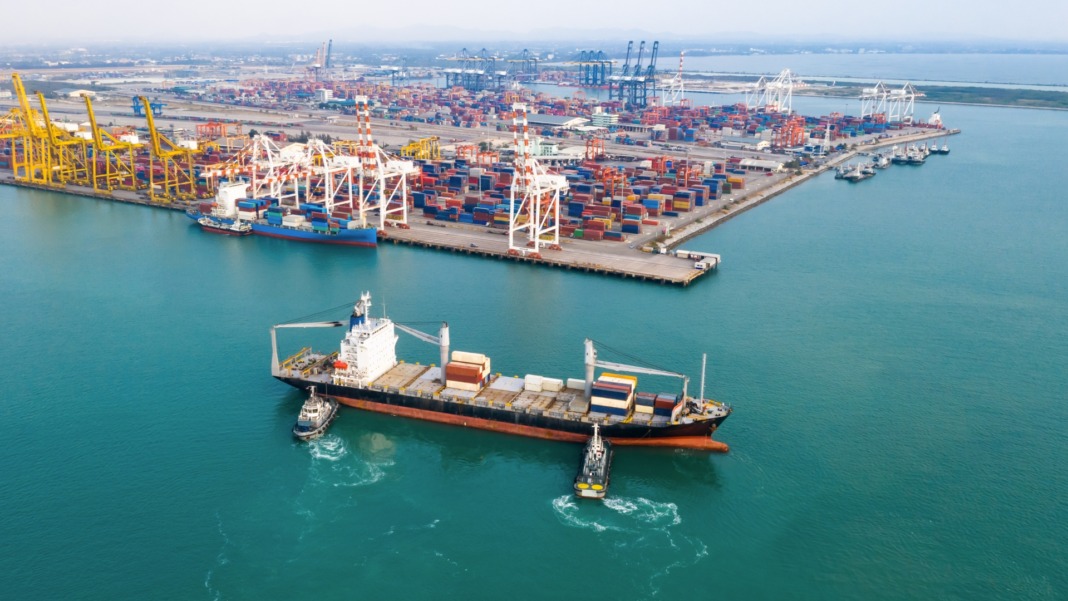If you’re in the US and planning to buy a new iPhone, now might be the time to act. Customers across the country have been flooding Apple Stores recently, worried about a sharp price rise due to increased tariffs on goods from China. This rush follows a report that warned iPhone prices could go up by as much as 43% if President Trump doesn’t back away from his plan for what he calls “reciprocal tariffs.”
With the tariff rate on Chinese goods climbing even higher—by another 50%—the situation looks even more uncertain. Apple produces most of its iPhones in China, and the total tariff rate on those products now stands at 104%.
Despite the alarm among shoppers, Apple hasn’t officially changed its iPhone pricing yet. But that hasn’t stopped people from lining up at stores to make purchases before any potential increases kick in. Apple Store workers say customers frequently ask whether prices are about to rise. One employee described the atmosphere as similar to the hustle and bustle of the holiday shopping season.
Apple flies in iPhones to stay ahead
While customers are scrambling to buy now, Apple is making fast moves behind the scenes. In late March, in a reported attempt to avoid the newly raised tariffs, Apple flew five full cargo planes loaded with iPhones from India and China. This airlift was completed just before a new 10% base tariff took effect on April 5.
Although Apple hasn’t said how many phones it has in stock across the US, each unit on hand will help delay the company’s and its customers’ financial impact. If Apple’s current stockpile is large enough, there’s even a chance it could keep prices stable until the release of the next iPhone model—the iPhone 17—which is expected later this year.
This swift action highlights Apple’s effort to manage the effects of the growing trade conflict between the US and China, particularly as the company tries to avoid scaring off customers with sudden price hikes.
What this could mean for Singapore
How could all this affect iPhone prices in Singapore? Due to Apple’s complex global supply chain, it’s difficult to predict exactly how or when changes will occur. However, industry experts warn consumers here that they should be ready for a price jump.
Even though Singapore doesn’t directly impose the same tariffs, the ripple effects of higher costs in the US and disruptions in global logistics could trickle down. As production costs rise or shift locations, and if demand remains high in bigger markets like the US, these changes could eventually be reflected in Singapore’s retail prices.
So, if you’ve been holding off on buying a new iPhone, you might want to reconsider your timing. With uncertainty in the air and Apple racing to get ahead of new costs, the price you see today might not be around much longer.





